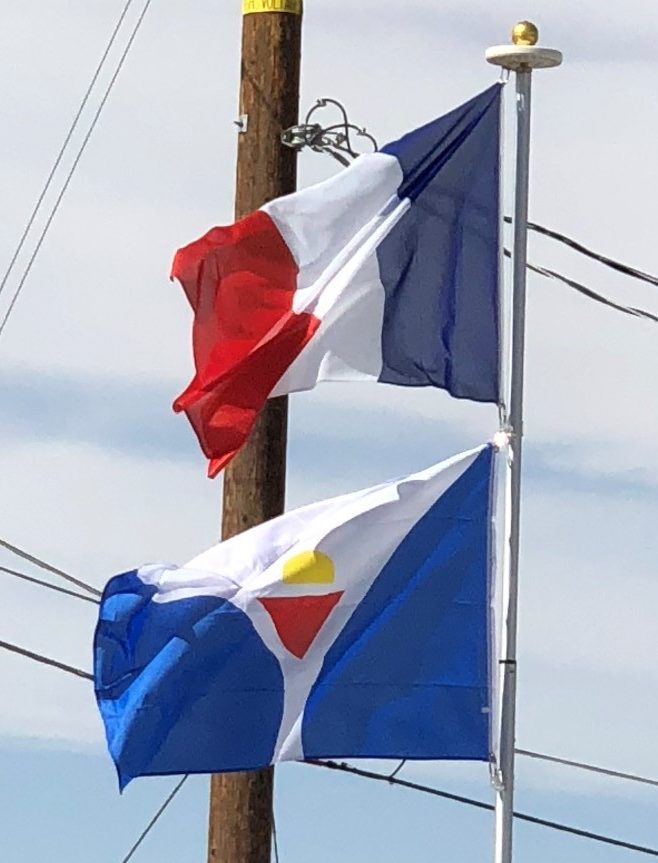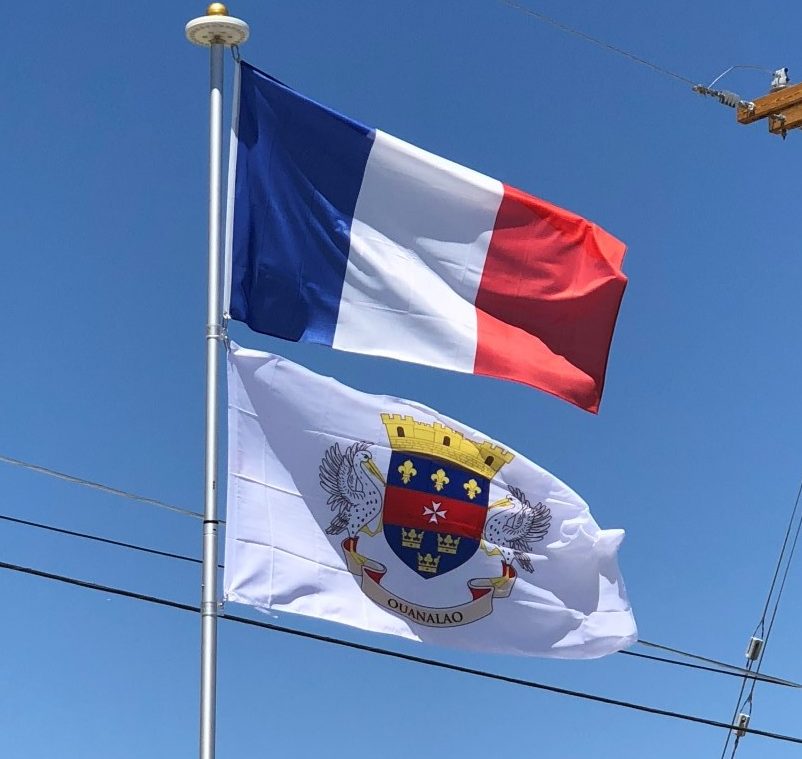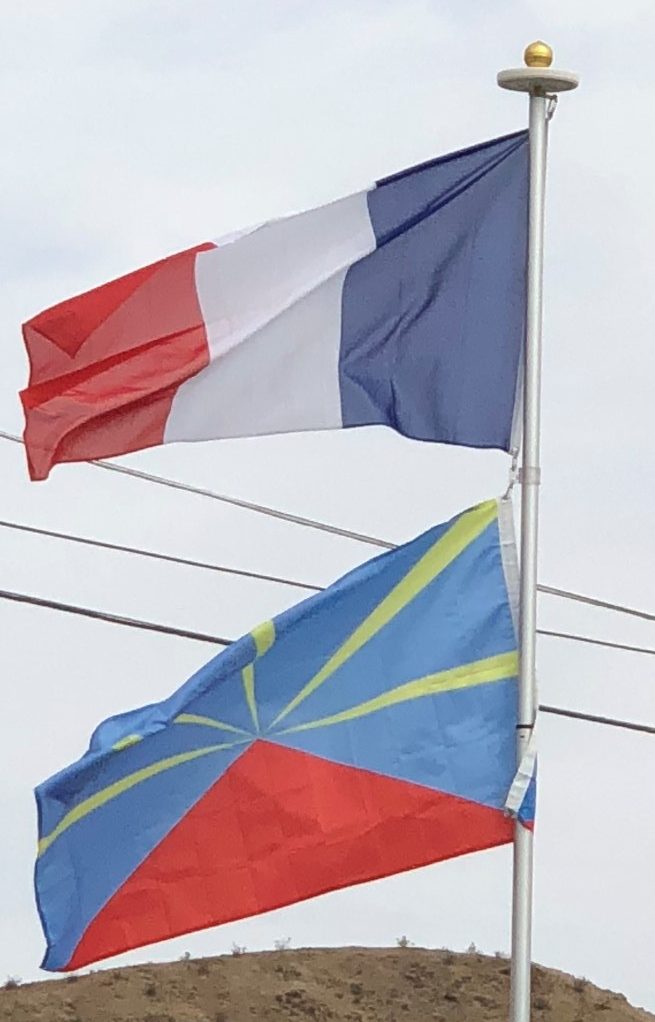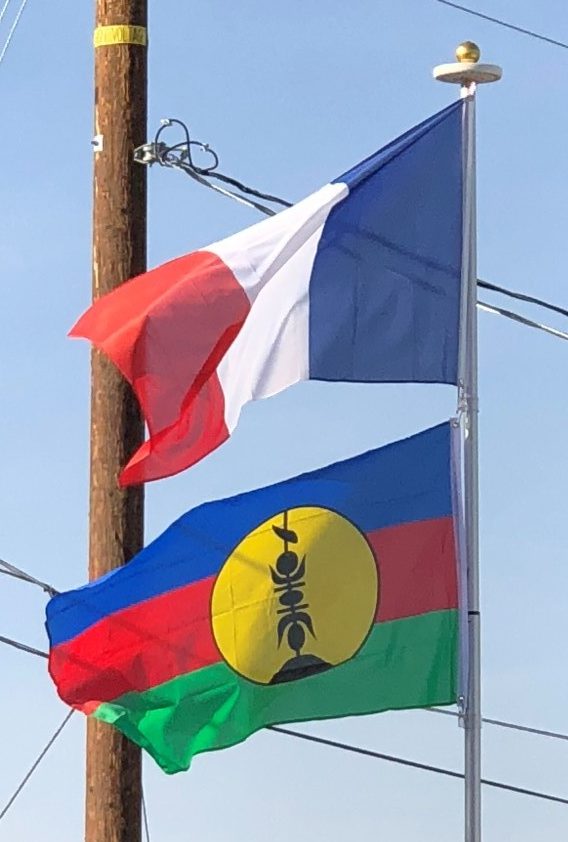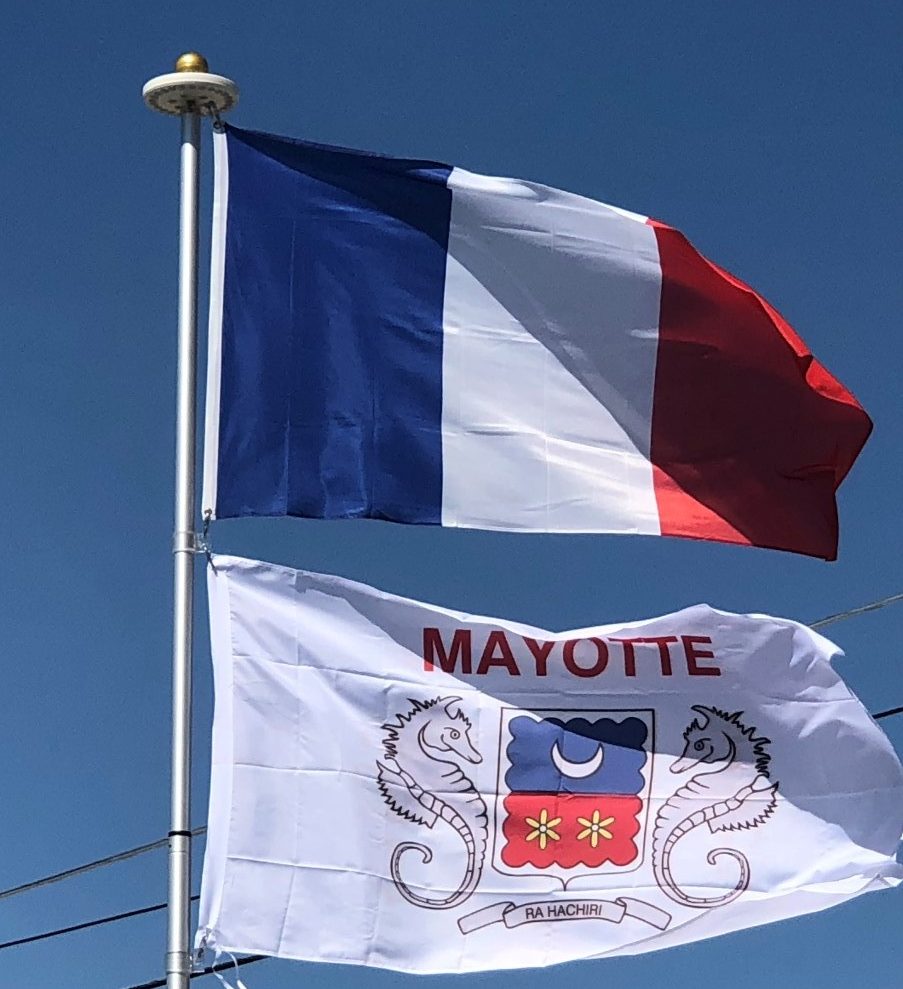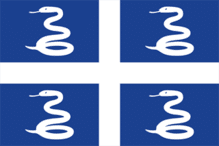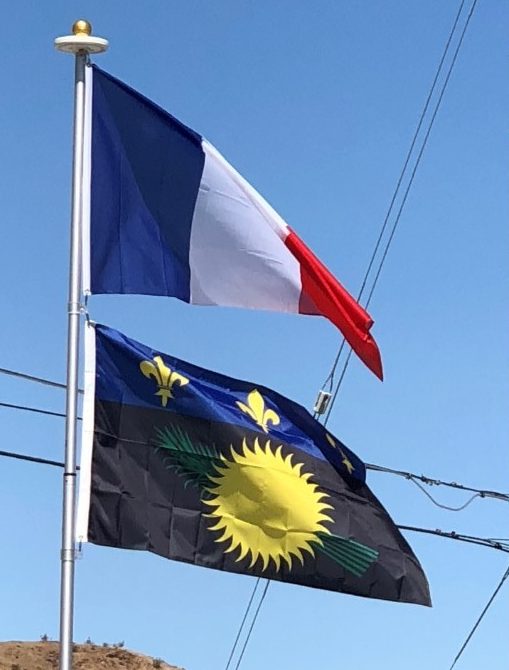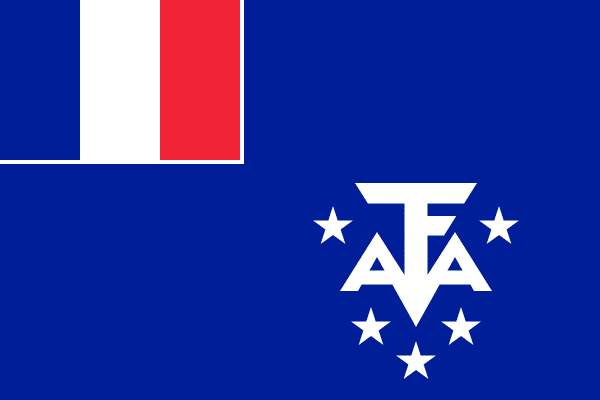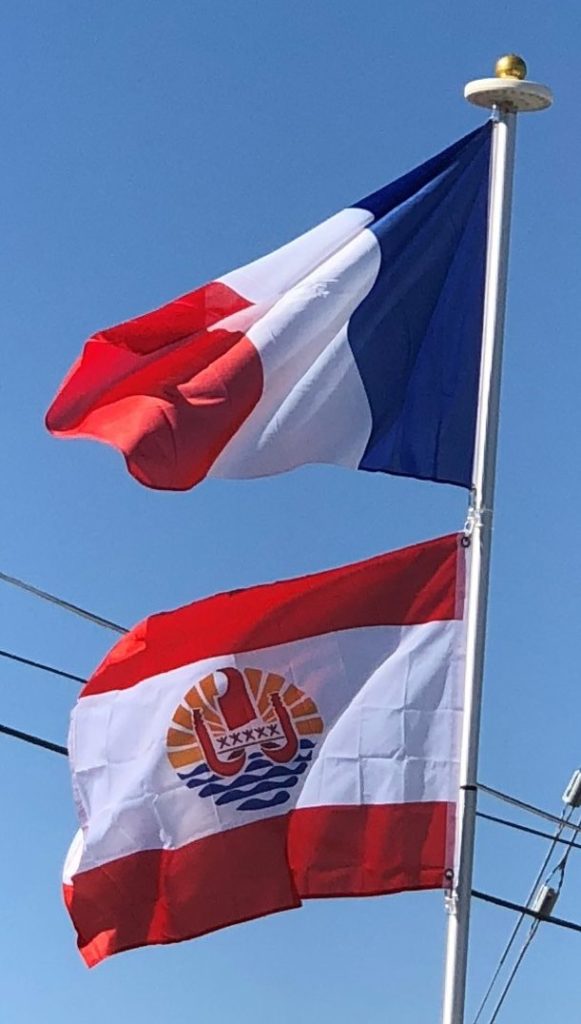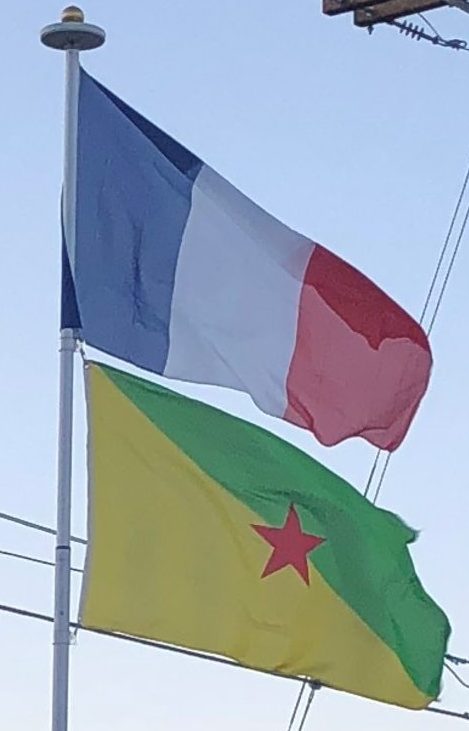Half An Island – Saint Martin
Interestingly, Saint Martin is the only island thus divided by two colonial powers. Cyprus remains divided but one half of the island is operated as an independent nation. The French and British jointly administered the New Hebrides Islands, now the independent nation of Vanuatu, but there was no boundary line on any island or area, instead the entire island group was jointly, if confusingly, administered by both nations. Saint Martin stands unique in terms of being an island divided into separate overseas territories of European powers.
